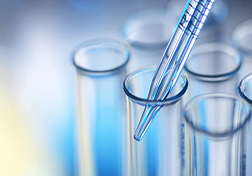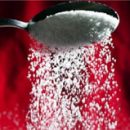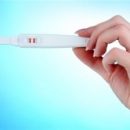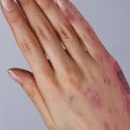Deciphering the results of a smear on Gonokokk. Diagnosis of gonorona.
Content
Bacteriological diagnosis of gonorrhea: smear and bakposposev

Gonococcus Nasisser, or Neisseria Gonorrhoeae, — The causative agent of gonorrhea, a venereal sex transmitting. It can cause inflammatory diseases of the genital organs, infertility, miscarriages, anomalies of fetal development, blindness in children.
Diagnosis of the disease does not cause difficulties. Bacteriological methods are based on microscopy smear from urethra, vagina, cervical cervix with sowing for special media to determine sensitivity.
Interpretation of the analysis of gonorrhea
With a positive result of microscopy, a gonococcus smear is found:
- A large number of leukocytes (more than 10 — Sign of inflammation, above 20-30 — pronounced purulent inflammation);
- Presence of pathogen — When painting in gram: gram-negative bacteria, diplococci (pair) are located outside the cells;
- mucus, modified leukocytes, tissue dedrit: Above 1+ — sign of inflammation, infection;
- Epithelium: a large number of separate epithelial cells — Sign of inflammation or infection.
Mazz Norma Nassera — not detected negatively.
Evaluation of the sowing results on the Nasisser Gonococcus:
- the presence of growth (in the norm is absent);
- Rod and the type of pathogen: Neisseria Gonorrhoeae confirms the diagnosis of gonorrhea;
- sensitivity to antibacterial drugs (sensitive, or s (+++); moderately sensitive, or i (++); weakly sensitive, or resistive (R, + or -).
The results of the tests require advice of a doctor-urologist or venereologist!









